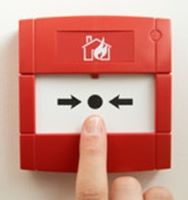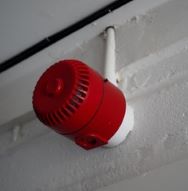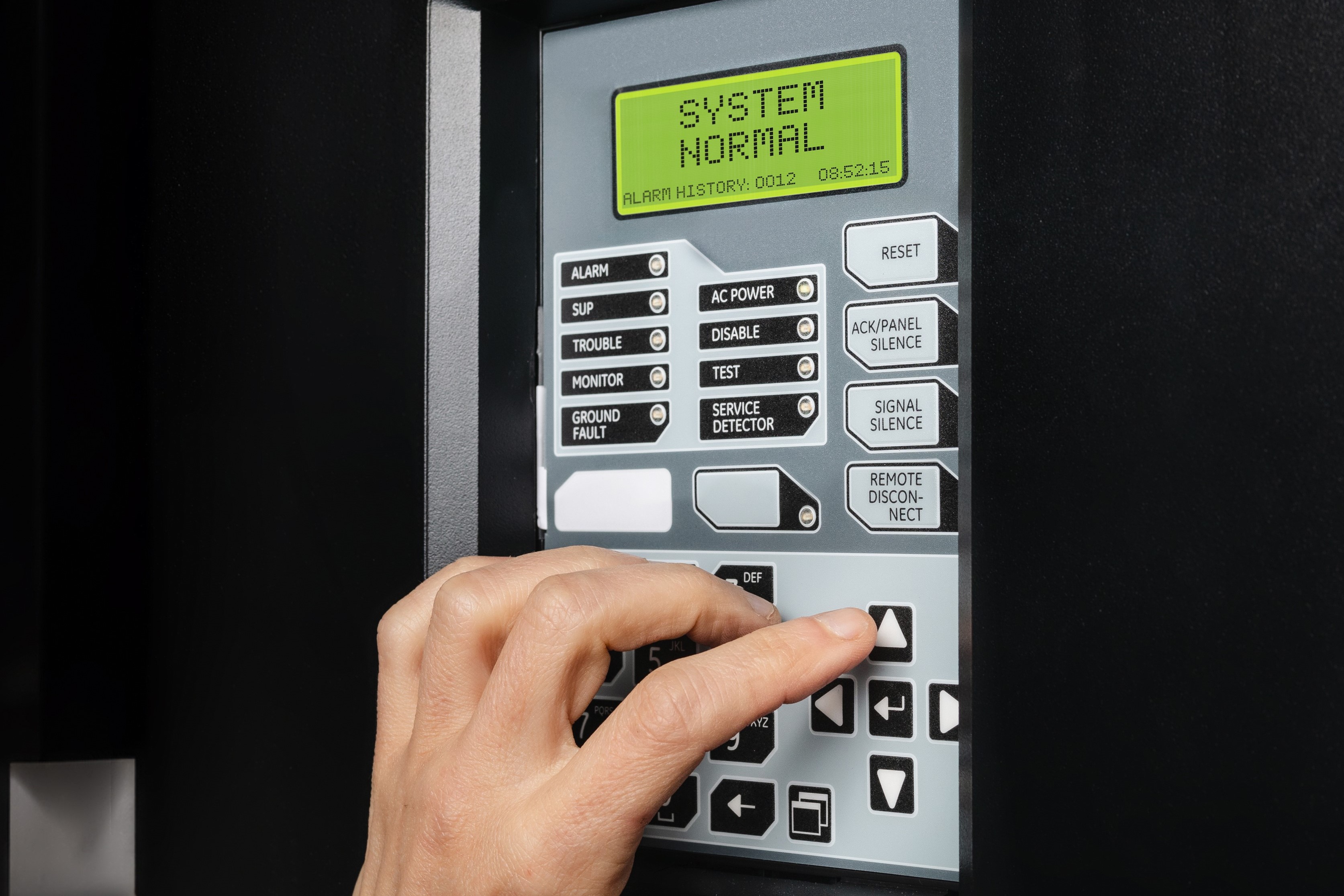Fire Alarms
The type of alarm or alarm system you use for your business will depend on your type of premises. It is likely that the larger or more complicated your premises, the more sophisticated the alarm and warning system you will need.
The Government Fire Safety Risk Assessment Guidance contains information about the alarm system required for your type of premises. Simply go to 'Choose your business type' using the button below. From there you can select your type of premises and access the appropriate government Guidance.
What type of alarm system will you need?
There are lots of things to consider when deciding what type of alarm system you will need for your business premises.
The first place to start is the government Fire Risk Assessment Guidance for your type of premises,(see above) where you will find information about fire-detection and warning systems and an outline of what you will need for your premises.
The different types of fire-detection and warning systems (fire alarms) range from a simple system where an alert is given, to different types of electrical systems. You will find an overview of each of these types of system below.
Types of systems
Automatic fire detection



